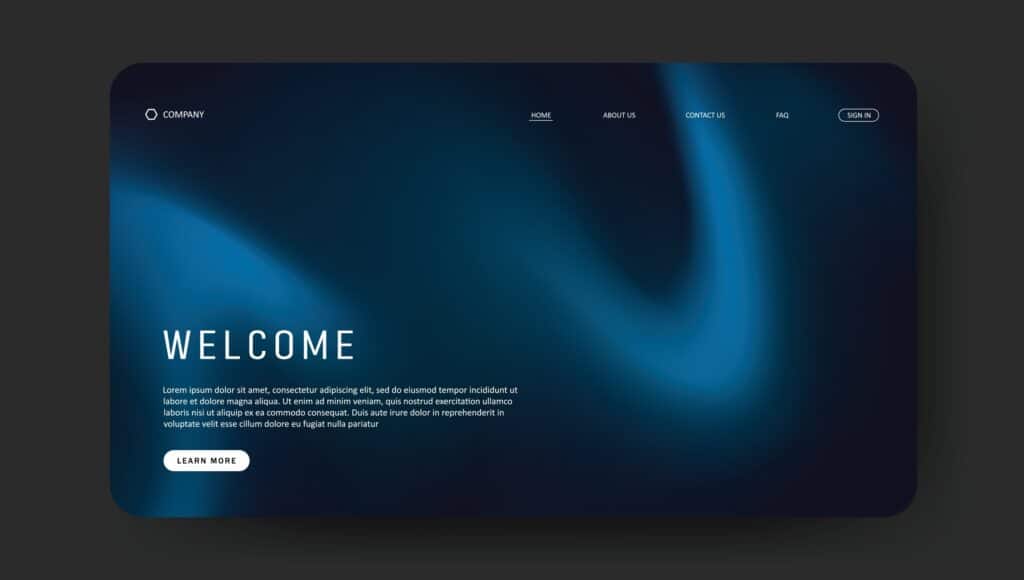In the world of digital marketing, first impressions matter—and when it comes to turning traffic into leads or customers, few tools are more powerful than a well-designed landing page. However, not all landing pages are created equal. At Advantage Internet Marketing, we’ve seen firsthand how small changes can lead to major gains in conversions.
So, what exactly makes a landing page great—the kind that keeps users engaged, builds trust, and drives action? Let’s break down the key elements every high-converting landing page should include.

1. A Clear, Compelling Headline
Your headline is the first thing visitors see—and it should immediately tell them what they’ll gain from your offer. It should be specific, benefit-driven, and aligned with the ad or link that brought them there.
For example:
- Don’t say: “Get More Leads”
- Do say: “Generate 2x More Qualified Leads with Our Proven Marketing System”
A strong headline should grab attention and assure visitors they’ve landed in the right place.
2. A Focused, Distraction-Free Design
Unlike a homepage, a landing page has one goal—whether it’s getting a form filled out, scheduling a consultation, or prompting a download. To support that goal, eliminate unnecessary links, menus, or off-topic content. Every section should guide visitors closer to conversion.
Good landing pages use:
- Simple, clean layouts
- Consistent branding
- Mobile-friendly design
- Eye-catching but non-distracting visuals
3. A Strong Call-to-Action (CTA)
Your CTA is your conversion trigger—it’s what tells visitors what to do next. Make it stand out visually (with a bold button, contrasting color, or whitespace) and use action-oriented language like:
- “Download My Free Guide”
- “Claim Your Free Estimate”
- “Get Started Now”
Avoid vague phrases like “Submit” or “Click Here.” The clearer the CTA, the better the results.
4. Trust-Building Elements
Before users give you their information, they need to feel confident in your brand. Include social proof to reinforce your credibility:
- Client testimonials
- Star ratings
- Industry certifications
- “As seen in” logos or case studies
If your landing page is for a service, showcasing real results or happy customer feedback can significantly improve trust and conversion rates.
5. Benefit-Focused Copy (Not Just Features)
Too often, landing pages list features without showing how those features solve problems. Great copywriting focuses on the visitor:
What’s in it for them?
How will this improve their life or business?
Keep your copy concise, conversational, and focused on benefits over buzzwords. Use formatting like bold text and short paragraphs to improve readability—especially for mobile users.
6. A Simple, User-Friendly Form
If your landing page includes a lead capture form, make it easy to complete. Ask only for essential information—name and email are usually enough to start. The longer the form, the more friction it creates.
Bonus tip: Use a privacy statement (“We’ll never share your info”) under the form to reassure cautious users.
Turn Clicks into Clients with the Right Landing Page Strategy
An effective landing page isn’t just about design—it’s about strategy. At Advantage Internet Marketing, we specialize in creating conversion-optimized landing pages that align with your brand, goals, and target audience. Whether you’re promoting a special offer, launching a new service, or running a digital ad campaign, a high-quality landing page can dramatically improve your ROI.
Ready to convert more visitors into customers? Let’s build a landing page that works harder for your business. Contact Advantage Internet Marketing today to get started.
